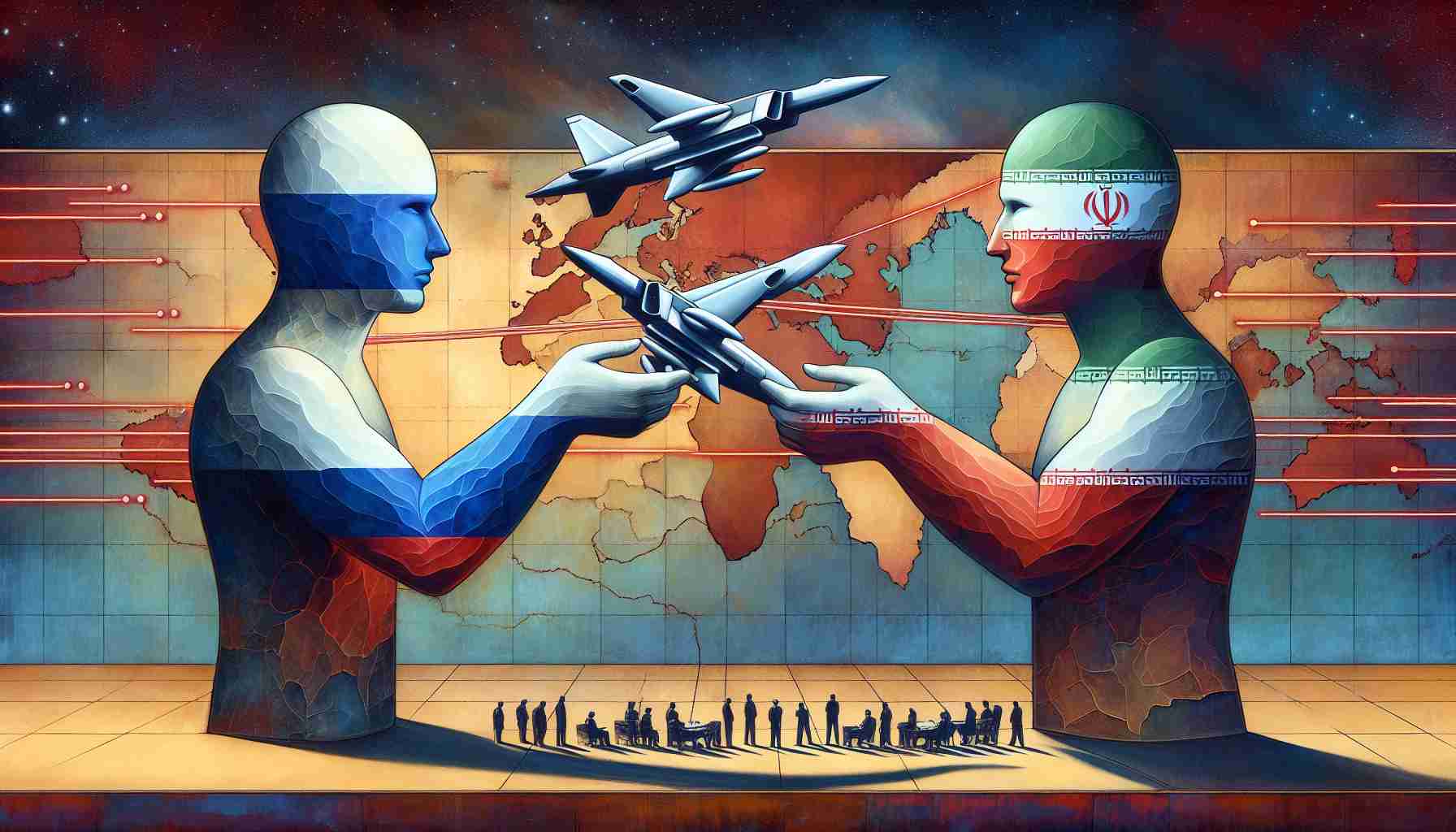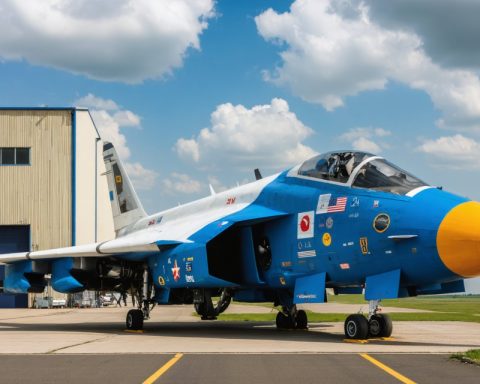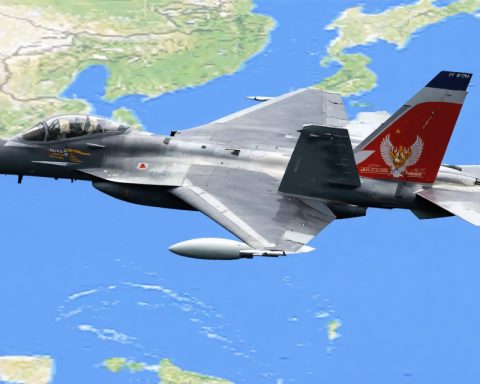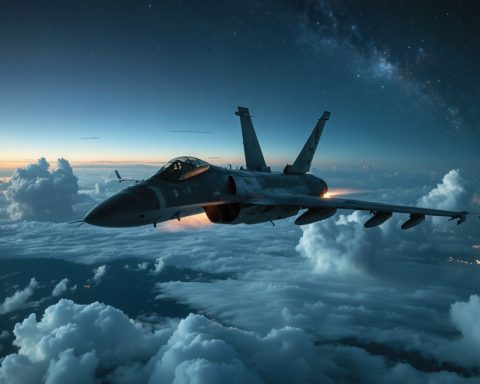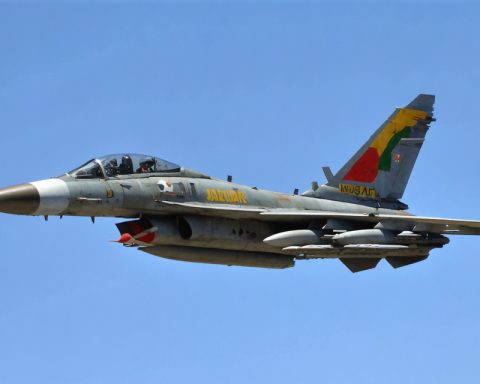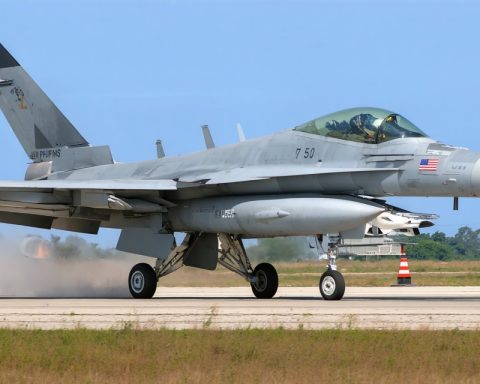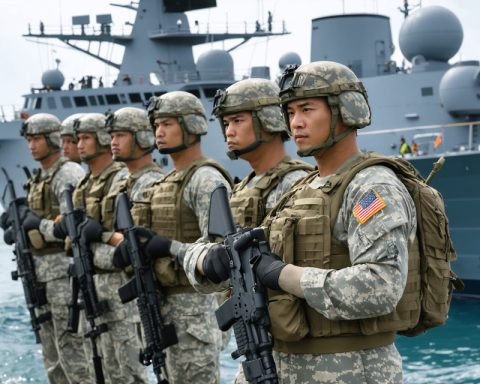In a significant development in international military collaborations, Russia and Iran are deepening their military relationship with a new agreement that could see Tehran’s aviation sector benefit considerably. Reports suggest that Russia has granted Iran the rights to manufacture its advanced Sukhoi Su-30 and Su-35 fighter jets, marking an unprecedented move in their bilateral ties.
This arrangement emerged from the sidelines of the recent BRICS summit in Kazan, Russia, held from October 22 to 24. According to Israeli media, the deal allows Iran to produce up to 72 Su-35 jets alongside an undisclosed number of Su-30 aircraft. This not only promises to enhance Iran’s air force capabilities but also signifies a major step towards reducing Tehran’s reliance on foreign military imports. The deal is also expected to spur job creation and technological advancements within Iran’s aviation industry.
The Su-30 and Su-35 are both parts of Russia’s renowned ‘Flanker’ family, characterized by their advanced technology and versatility. Specifically, the Su-30 provides a two-seat, long-range option suitable for diverse combat scenarios, while the Su-35 boasts superior engines and avionics, providing unmatched maneuverability and targeting capabilities.
The implications of this deal extend beyond military enhancements. By assembling these aircraft domestically, Iran may mitigate some impacts of international sanctions, carving a path towards self-reliance in military capabilities.
However, the terms of the license, particularly concerning potential exports to third countries, remain under scrutiny. This development could potentially reconfigure power balances, highlighting the need for international vigilance amidst evolving alliances.
How Russia and Iran’s Fighter Jet Deal Could Shift Global Dynamics: The Untold Impacts
In a stunning twist to military collaborations worldwide, a new deal between Russia and Iran is making waves, with potential repercussions that stretch beyond mere defense capabilities. Notable discussions left out from the mainstream may provide a clearer perspective on how this cooperation between the two nations could reshape not only their military futures but even affect socio-economic conditions on a broader scale.
The Hidden Infrastructure Boom
While the military aspects steal most of the spotlight, a transformative infrastructure boost could emerge in Iran. Building advanced military jets like the Sukhoi Su-30 and Su-35 necessitates a significant expansion of local manufacturing capabilities, which could translate into a broader industrial growth. Consequently, this would lead to thousands of new jobs in the aviation sector, stimulating Iran’s economy by fostering a skilled workforce and encouraging ancillary industries.
Moreover, domestic production of these jets comes with the transfer of cutting-edge technology, potentially propelling Iran towards a broader ambition of technological independence. This can positively impact sectors beyond the military, such as consumer technology and automotive industries.
Unseen Risks of a Shifting Power Axis
However, this deal is not without its controversies and risks. With Iran moving towards greater military self-reliance, neighboring countries may feel threatened, prompting a regional arms race. The shift in power balance emerged as a point of contention, with nearby states potentially seeking similar advanced technologies either from Western powers or other allied forces, escalating regional tensions.
Another question that arises is, how might this affect global geopolitical alliances? The deepening relationship between Russia and Iran introduces a complex dynamic, particularly concerning Iran’s position in international forums. This could impact trade negotiations, diplomatic ties, and even the enforcement of existing sanctions against Iran.
What’s in It for Russia?
Why does Russia grant such sensitive manufacturing rights to Iran? Beyond mere economic gains, this collaboration strengthens Russia’s strategic influence in the Middle East, offering it leverage in future diplomatic dealings. This raises an interesting debate on whether this alignment aligns with Russia’s long-term goals or if it risks isolating them from Western and other global partnerships.
Questions of Third-Party Exports
The ambiguity surrounding potential exports amplifies concerns. If Iran starts exporting these fighter jets, it could not only reshape military alignments but also disrupt existing arms markets. This uncertainty calls for heightened international vigilance, perhaps initiating a new debate on arms control and the regulation of such significant agreements.
Future Outlook
While many unknowns remain about the full spectrum of this deal’s implications, its potential advantages and disadvantages are clear. On one hand, it fortifies Iran’s national defense and supports local economic growth, while on the other, it brings about geopolitical consequences that merit careful monitoring.
For more information on global military collaborations and their impacts, visit Reuters or stay updated with Foreign Policy for expert analyses.
As this story develops, only time will unveil its true effects, both regionally and globally, challenging the current narrative and possibly reshaping historical alliances.
The article has been updated: 2024-11-03 02:44
Here are some suggested related links:
1. BBC News – A leading global news organization providing in-depth analysis and coverage of international relations, conflicts, and geopolitical events.
2. Al Jazeera – A news network known for its comprehensive news coverage, especially in the Middle East, presenting diverse perspectives on global affairs.
3. Reuters – An international news agency that delivers the latest information and updates about global politics, economics, and significant events.
4. CNN – A prominent news network offering breaking news and analyses regarding global issues, including military developments and international relations.
5. Financial Times – A global business publication providing insights into the economic implications of geopolitical events, including deals and alliances between nations.
6. The Guardian – An international news organization that covers a wide range of topics, including foreign affairs and the implications of military collaborations.
7. Deutsche Welle – Germany’s international broadcaster providing news and analysis on global conflicts, including Russia and Iran’s military dealings.
8. NPR – A public radio network offering news stories and analyses on domestic and global events, including the latest in international military and diplomatic affairs.
9. The Wall Street Journal – A leading news publication providing coverage of financial markets and global events, ideal for understanding the economic context of military agreements.
10. Voice of America – A U.S.-funded international news source that provides reports on how global events, including military collaborations, affect international relations.
The article has been updated: 2024-11-09 12:18
What are the implications of the historic fighter jet deal between Russia and Iran in the context of current global tensions?
The historic fighter jet deal between Russia and Iran signifies a deeper military collaboration that could have significant implications for geopolitical dynamics. This agreement allows Iran to enhance its aerial capabilities, making it a more formidable player in the Middle East. In the context of increasing tensions between Western nations and both Russia and Iran, this deal could lead to a recalibration of power in the region, impacting U.S. and allied strategies. Additionally, it may encourage other nations to seek similar partnerships, further complicating international relations and potentially escalating conflicts. The deal reflects not only military cooperation but also a united front against perceived external pressures, challenging the existing global order.
